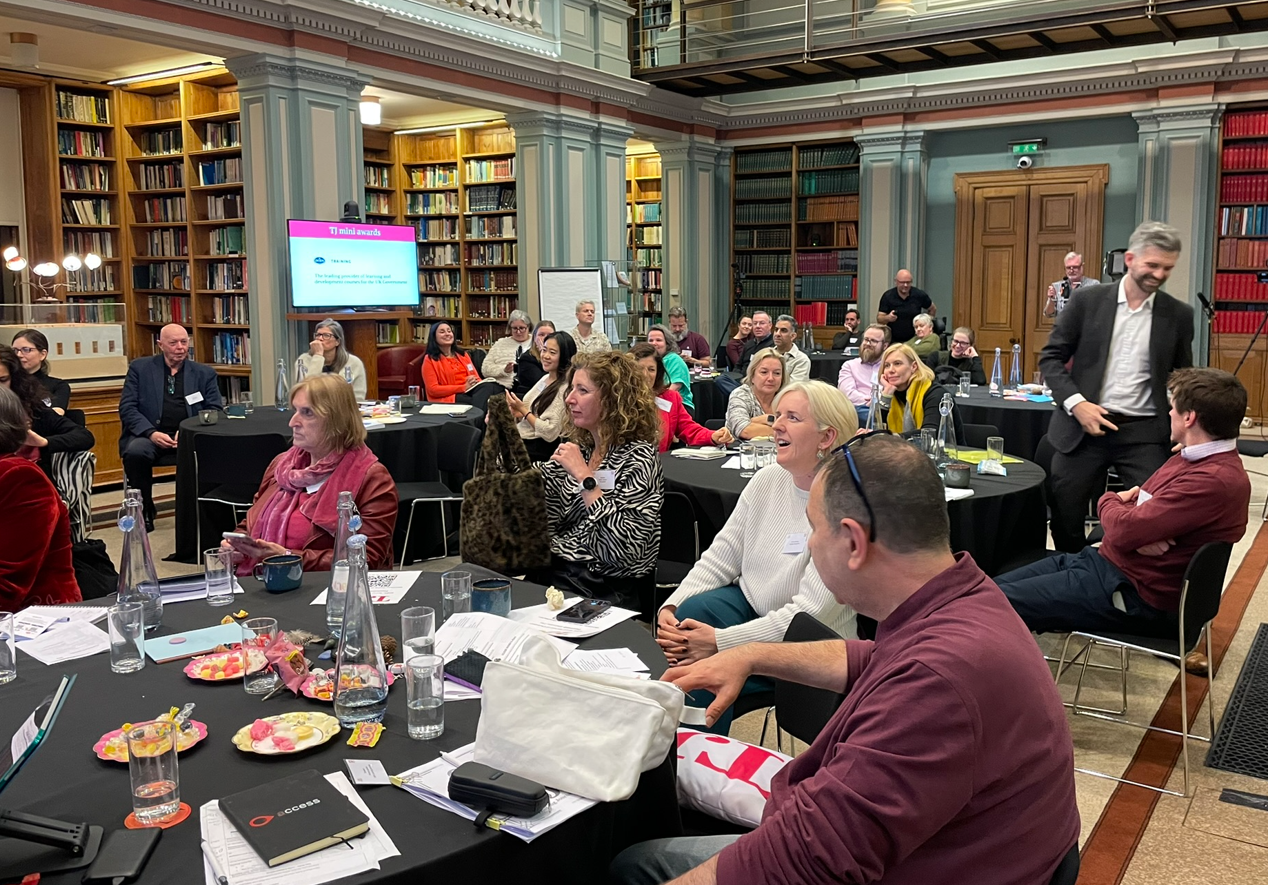Kate Burnett gets some expert advice on how firms can attract and support neurodiverse talent
Neurodiversity is a collective term used to describe people who think differently to the majority and is often used in relation to neurodevelopmental conditions such as ADHD, dyslexia, dyspraxia and autism.
It is estimated that around 700,000 people are on the autism spectrum in the UK. Of those, just 16% of autistic adults are in full-time paid employment.
To increase employment rates within the neurodiverse community, the Neurodiversity Initiative is helping organisations learn how to become more neurodiverse-friendly, ensuring they are able to choose from a wider talent pool and seek out the most capable individuals for their roles.
Neurodiversity isn’t a new concept but research and best practice in the public domain remains limited.
As lead trainer for the Neurodiversity Initiative, Matthew Trerise has 15 years’ experience working with individuals on the autism spectrum. Since 2009, he has worked in a specialised NHS diagnostic service to help develop their post-diagnostic support programme and provided training and advice to services across the care pathway and businesses.
The majority of people profit from clear communication, structure and an enhanced working environment.
He has advised multiple employers, including HMRC, BNP Paribas, Renishaw, and Zone Digital, on alterations they should make to their recruitment procedures and working environment to be neurodiverse-friendly.
Senior decision-makers, line management and HR teams will unlikely be experts on neurodiversity, as there is limited research, best practice and training for this, although this is rapidly changing. Here Matthew (MT) talks to Kate Burnett (KB) about how the professional world can do more to help.
KB: How can a business become more neurodiverse-friendly?
MT: It’s important to remember that, when considering what changes you should implement within your organisation in order to be more welcoming to a diverse talent pool, the focus should be on doing what is best for your employees.
The adjustments I tend to recommend are those that would benefit everyone, not just neurodiverse individuals. The majority of people profit from clear communication, structure and an enhanced working environment.
KB: How could the recruitment process be adjusted to help?
MT: Recruitment should be individualistic, where possible. We should be creating an environment for someone to thrive – not to catch them out or test them in ways that just aren’t relevant to their role.
For example, we understand that group tasks may not be ideal or comfortable for someone with autism, or even on-the-spot questions. So, if their job role doesn’t require this, why are we putting it in the recruitment process?
It is essential to tailor the candidate tasks to the job at hand, while being conscious of how to get the best from someone. For interviews, on-the-spot questioning isn’t necessarily always the most productive way to assess a person’s initiative. Someone with an autism spectrum condition may analysing it in greater detail to look at the overall picture, then provide their thoughts at a later date.
KB: Are there any simple, yet effective, changes that can be made to working cultures and practices?
MT: Working from home and flexibility in working hours have really grown in popularity in recent years, as there may be days where someone is perfectly capable of doing their job, just not in a busy office.
Something I’d like to see more of is different working zones, such as a zone for ‘creative’ group work and another for ‘quiet’ project work, where analytical tasks can be focused on, noise is minimal and things like lighting don’t need to be so intrusive.
Not everyone operates best in the same conditions and so you can learn a lot about your employee or colleague from observing where they prefer to operate. Clearer communication between employees is an essential area that needs to improve.
It can be very helpful for someone with autism, for example, if you explain in clear, concise, plain English what you are asking of them – stating exactly what you need and when. And try asking in advance to avoid presenting people with challenging questions unexpectedly. Keeping to deadlines and giving specific timings, where possible, is also helpful.
About the author
Kate Burnett is MD of DMA Talent. Matthew Trerise is an autism consultant and training and liaison lead at NHS Bristol Autism Spectrum Service.




